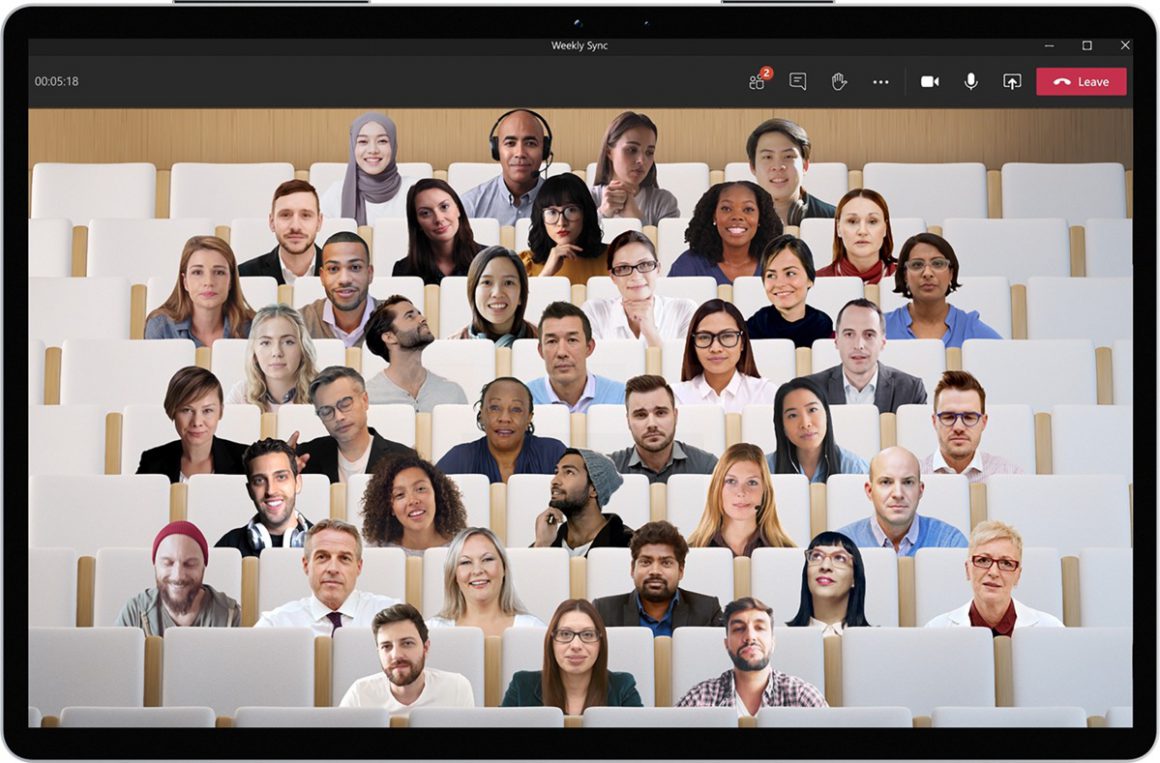“The world will become a hybrid [workplace], and I think that’s a world we have to embrace,” said Eric Yuan, CEO of Zoom, months after having said “It’s too many Zoom meetings, I hate that”. Videoconferencing and more people working from home have resulted in a work landscape that is completely different to the one that we all knew, as well as a host of advantages and disadvantages.

One year on the from surge in videoconferencing, we are looking back at how workplaces have changed and how they can adapt to digital spaces in order to maintain some of the aspects of the traditional office.
Wake up and smell the pixelated coffee
Since early 2020, developers have been looking for ways to combine the digital and physical workplace experiences. Yuan is optimistic about the contributions that artificial intelligence and virtual reality will make to online meetings, and has even said that in the future we will be able to smell virtual coffee or feel a virtual handshake.
A sense of community and belonging, a defining characteristic of the current generation, is exactly what workplaces are having trouble holding onto. With that in mind, Teams launched “Together Mode”, in which meeting participants appear as if they are sitting in an auditorium, making everyone feel like they are sharing the same physical space.

New offices will be virtual offices
Do you miss your office? To minimise the impact of this, many companies have created simulated virtual workplaces, including WeTransfer. Their CEO, Gordon Willoughby, told The Wall Street Journal that this approach has “provide[d] the social experience of office life in the way that Zoom calls and Slack have replaced business meetings and desk-side chats”.
Similarly, Breakroom has gained popularity as a platform where events, conferences, and informal exchanges can be shared with our colleagues. The avatar that you create is immersed in a digital world where it can interact with other participants.
There’s no doubt that we are social animals. Many people have taken advantage of lockdowns to study or undertake professional development, and since libraries have been closed, the StudyStream app has helped those who prefer to study in groups. It removes the need for shared, physical spaces where people study together. All you have to do is register, and ‘enter’ a room where you can see other people that are also concentrating and studying.
Ver esta publicación en Instagram
A spike in digital fatigue
Although some initiatives are trying to combine the best of remote working and traditional workplaces, we can still sometimes suffer from digital fatigue. Why exactly are we getting tired when we are attending meetings from the comfort of our own home, avoiding the daily commute and business trips? Jeremy Bailsenson from Stanford University says that there are four contributing factors:
- Excessive amounts of close-up eye contact
- Seeing yourself during video chats constantly in real-time
- Having to be static for long periods of time in front of a screen instead of using other types of communication, such as speaking on the telephone, which allows us to move around while we talk.
- The lack of non-verbal communication.
Ver esta publicación en Instagram
One of the consequences of digital fatigue is that some people end up feeling invisible. According to this Joblist study, one third of employees feel excluded during online meetings.
In order to ensure that everyone feels included, Facebook and other companies have made it possible to create realistic avatars so that employees can continue to feel the type of connection that comes with being in the physical presence of others. Another example of a company making sure that everyone feels included is Google’s videoconferencing tools that detect sign language during a meeting, improving the visibility of functionally diverse people that are working remotely.
There is another consequence of this mandatory digitalisation: group rituals and common spaces have disappeared. South Korean philosopher Byung-Chul Han has said that “we are digitally connected, but without any community experience that makes us happy”.
Now that we know more about the ‘zoomification’ of our workplaces, it’s up to us to make sure that the digital-physical hybrid workplaces of the future feature the best of both worlds.




